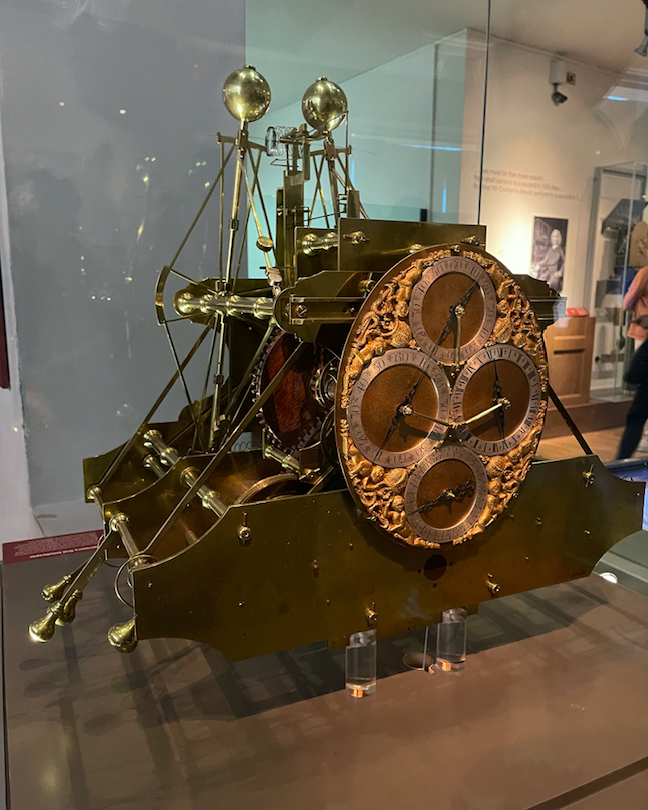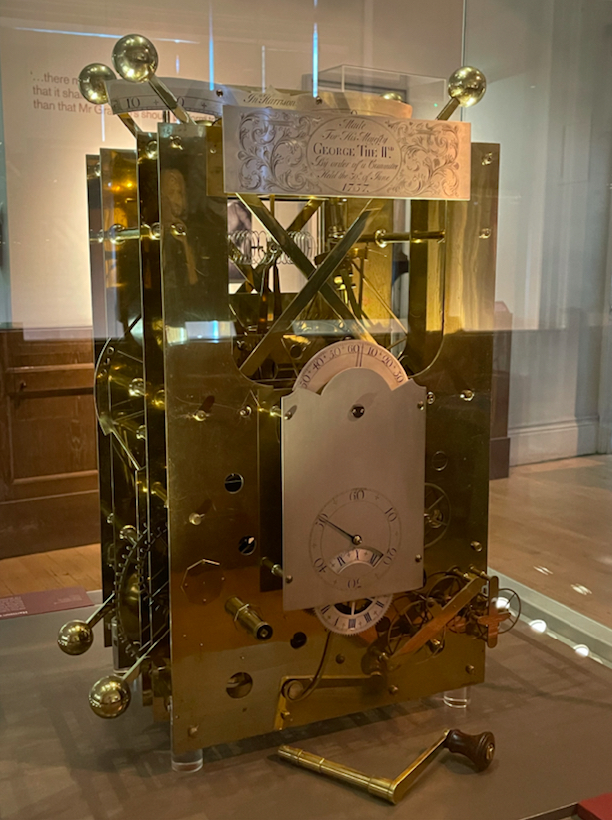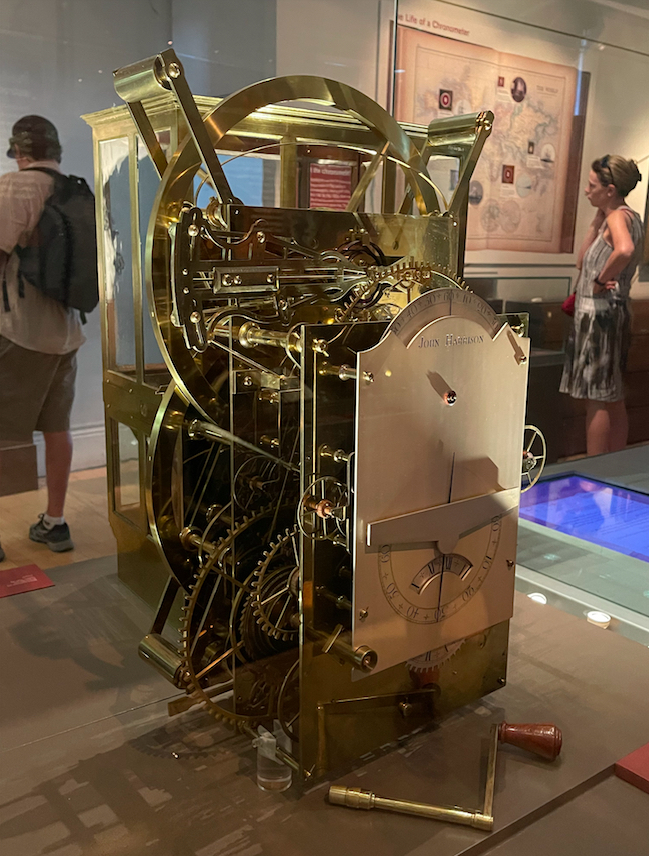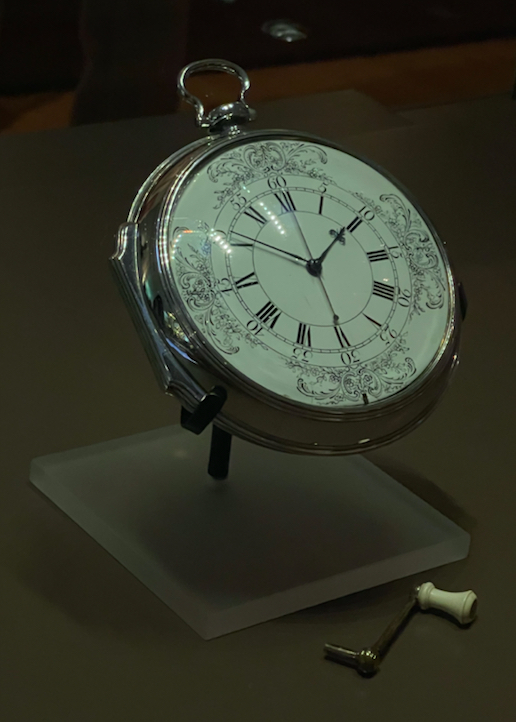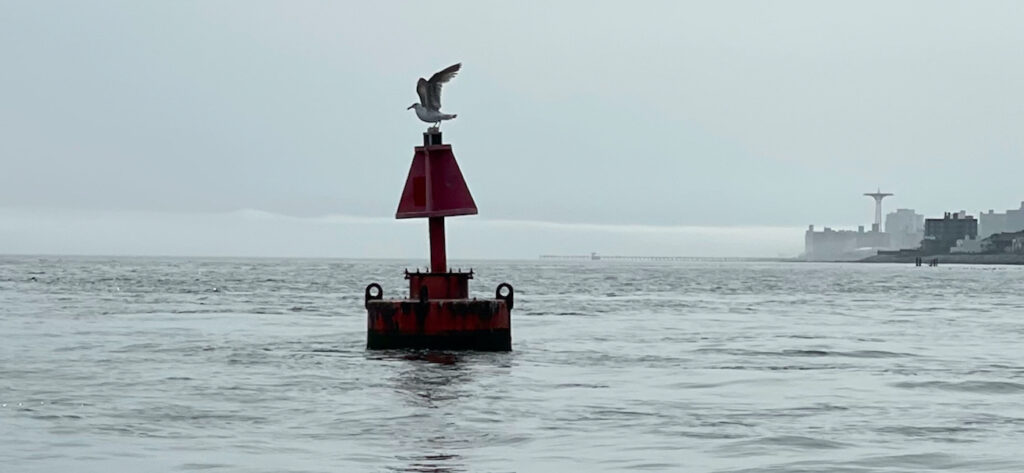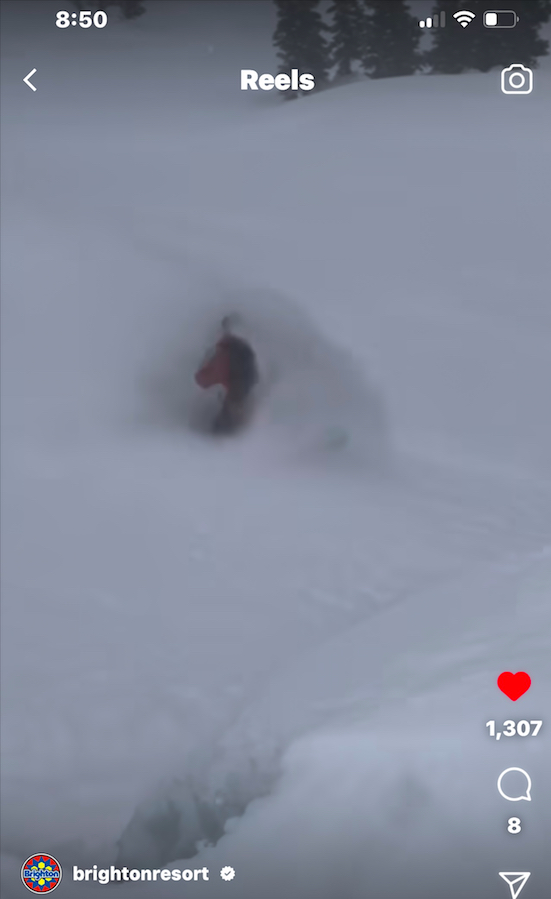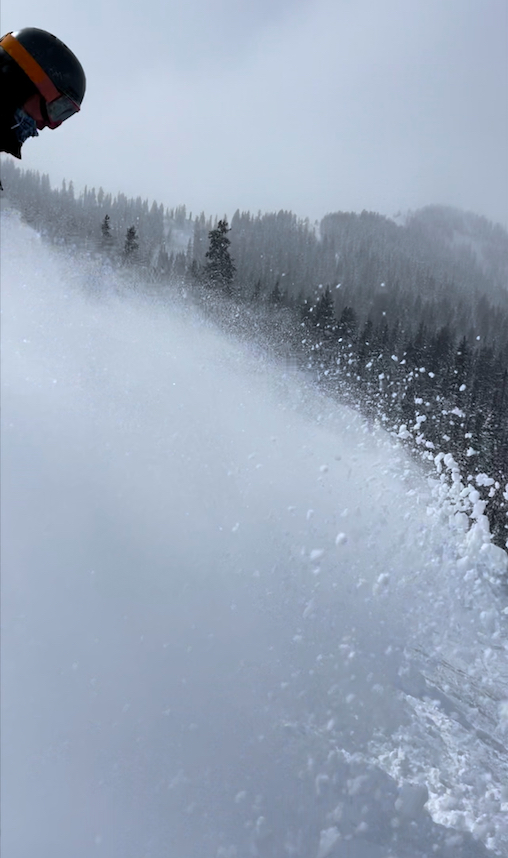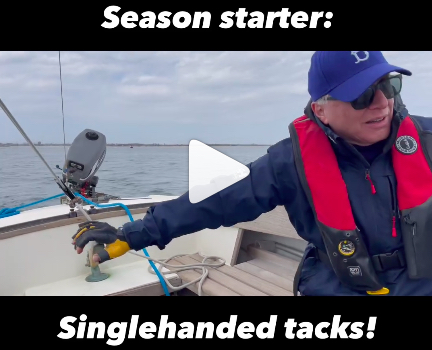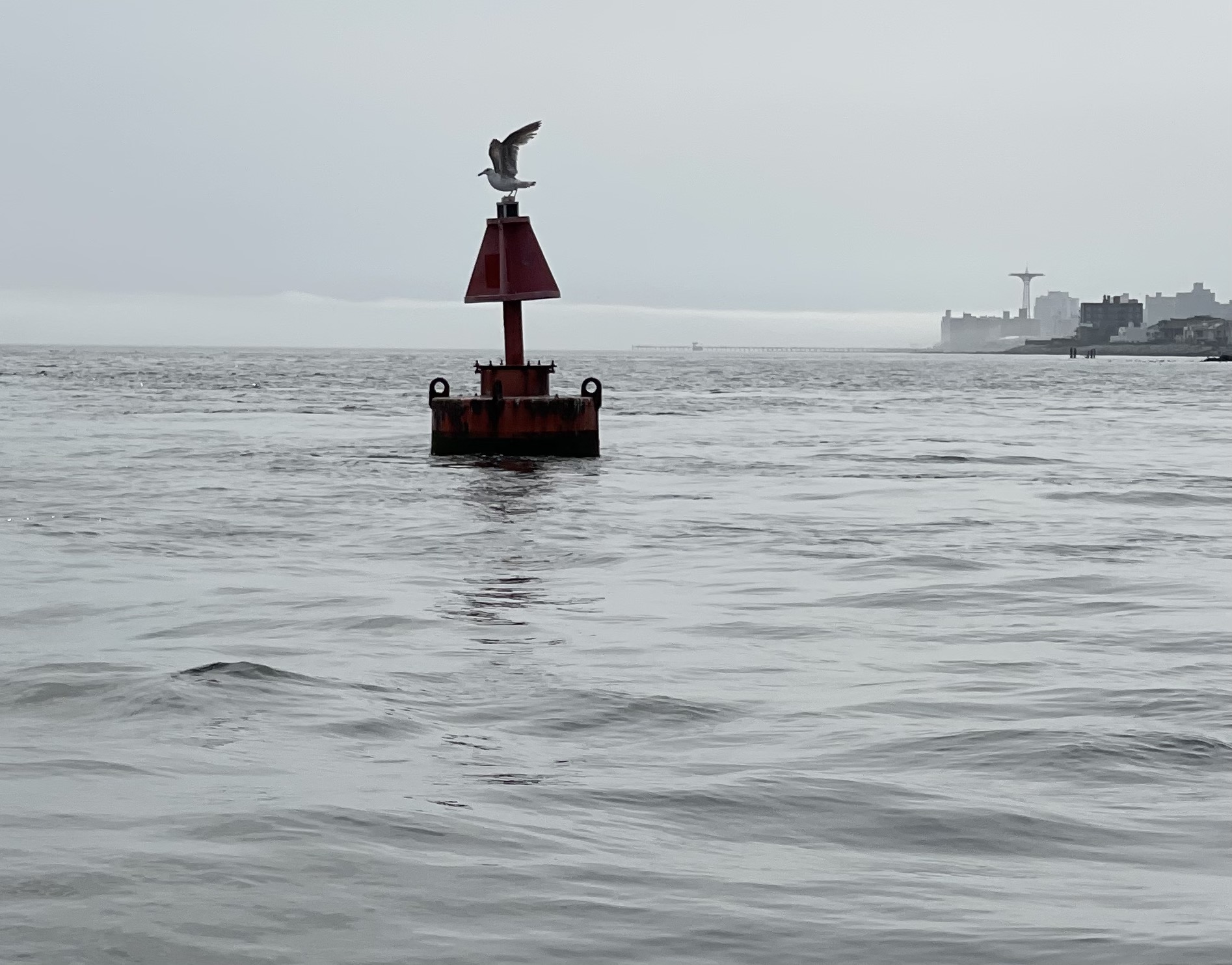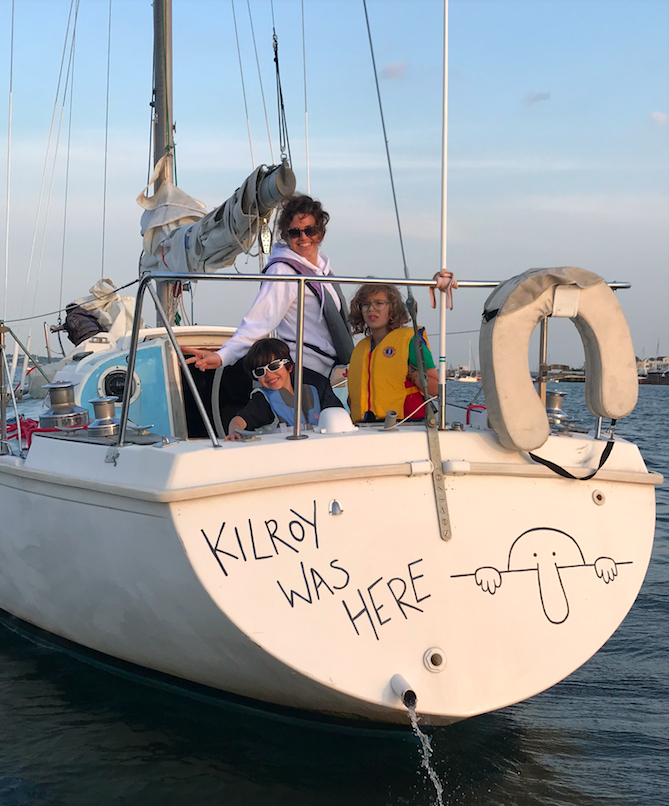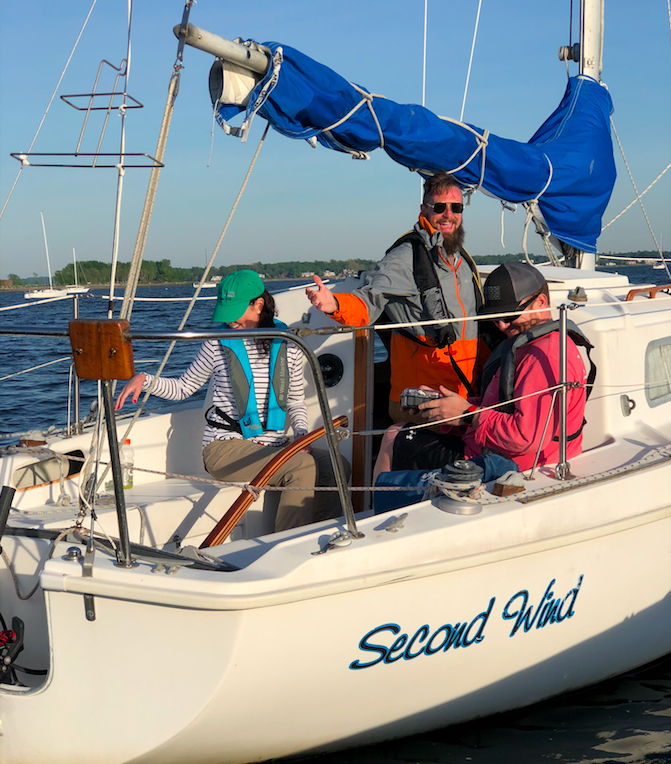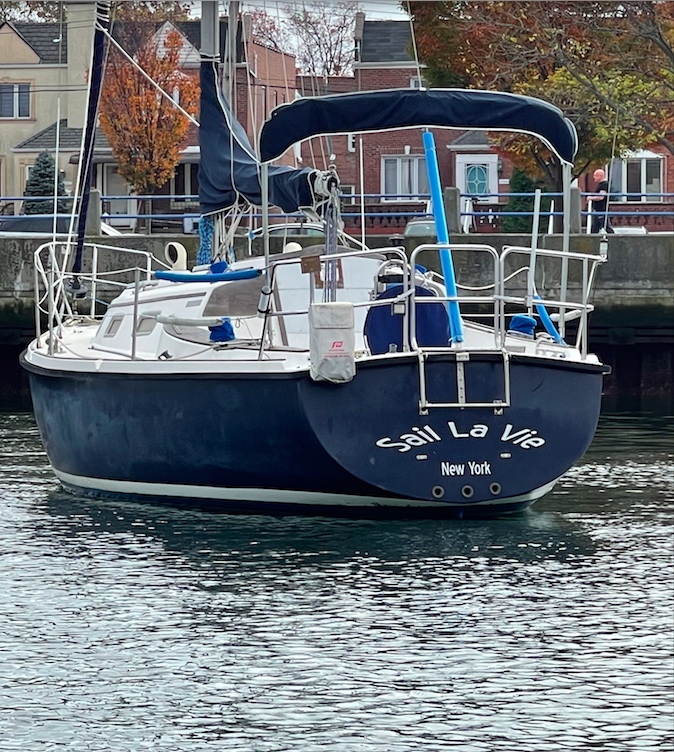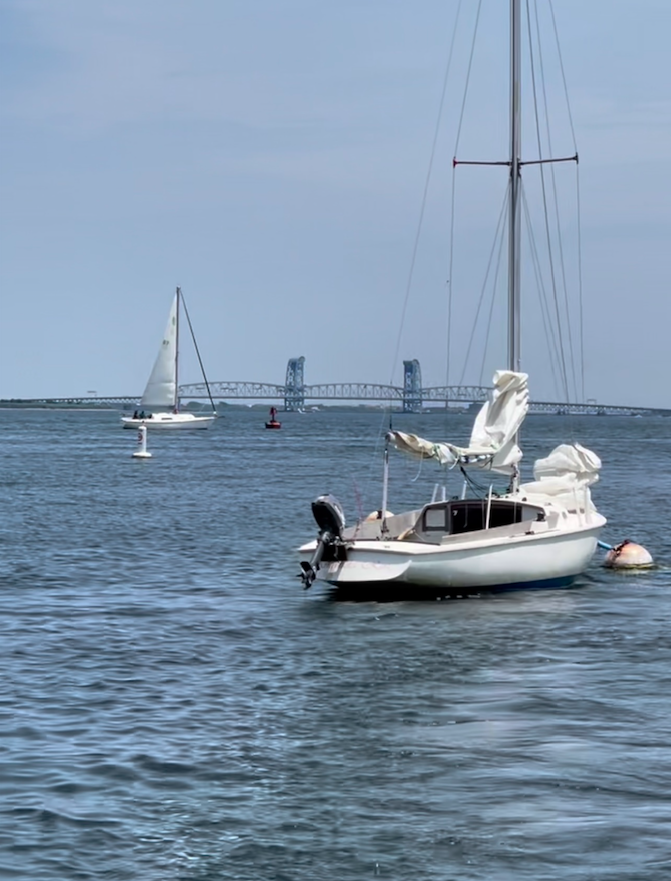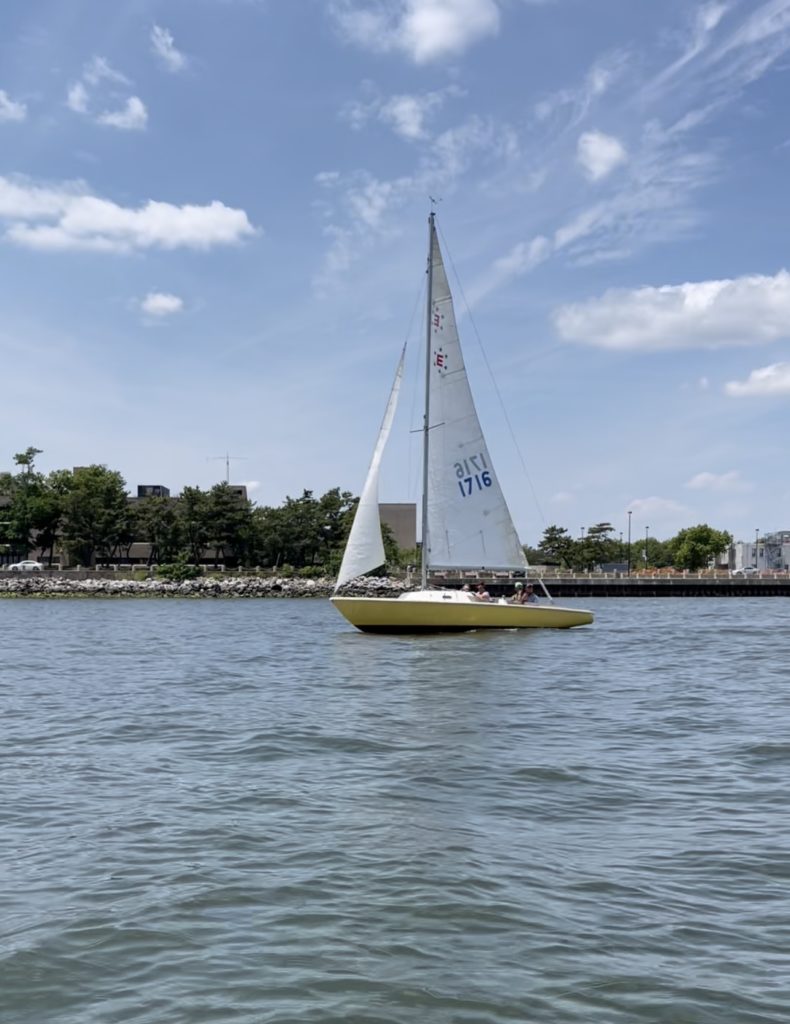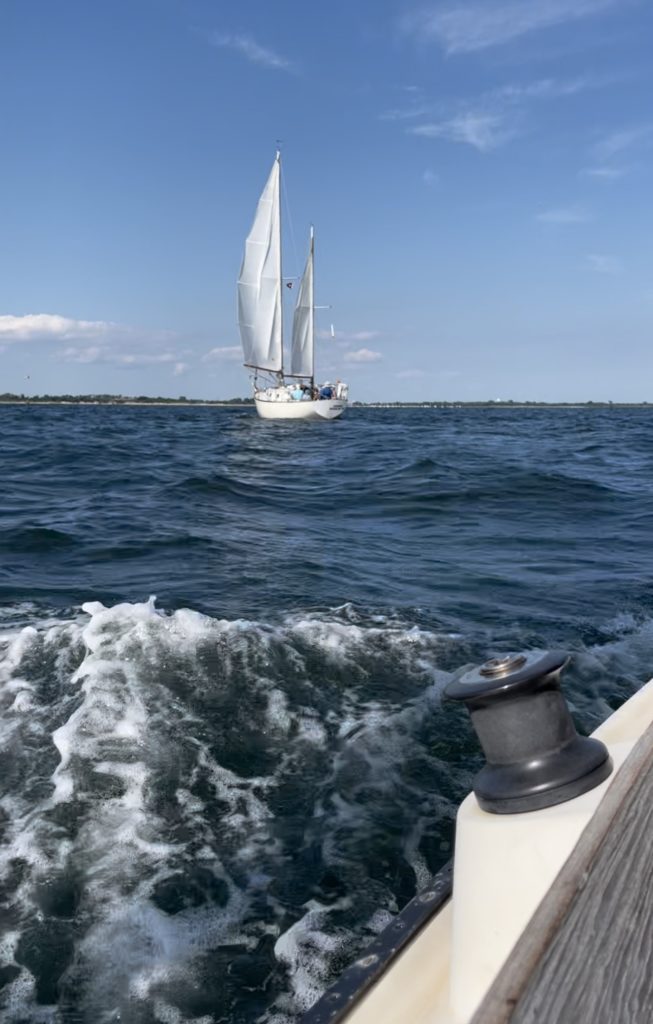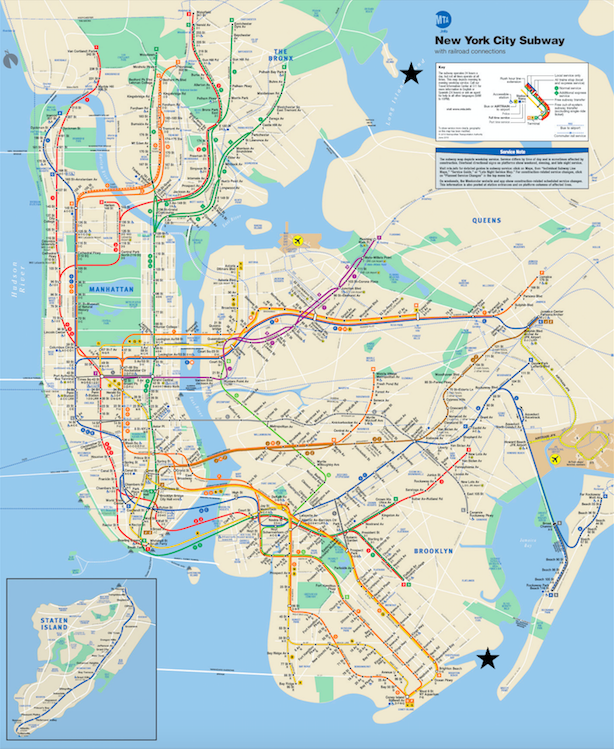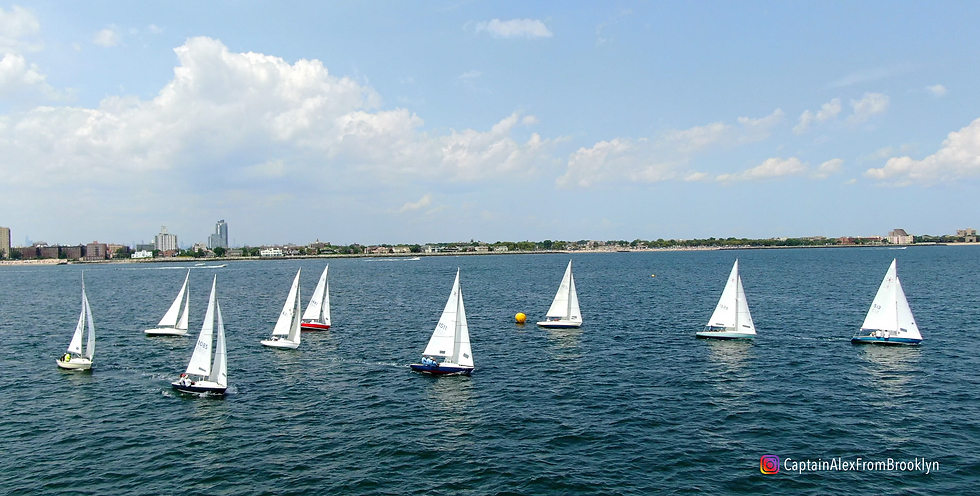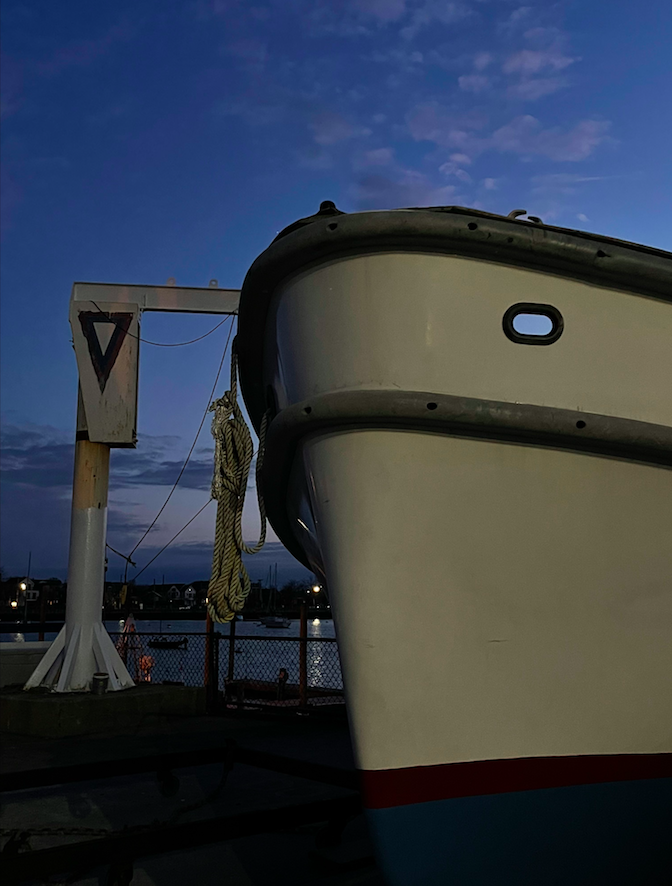Fly down to the beach? Fly out to the Rockies? Drive up to them thar Catskills? Or, ponder how to sail on a milder day right here in Brooklyn? Plenty of choices.
I wanted to drive up to Belleayre Mountain in the Catskills yesterday. They were forecast to get 4-6 inches of pow overnight with another few possible during the day. I even got the ticket on line and refilled my Ski3 card for direct-to-lift access. But, it wasn’t to be.
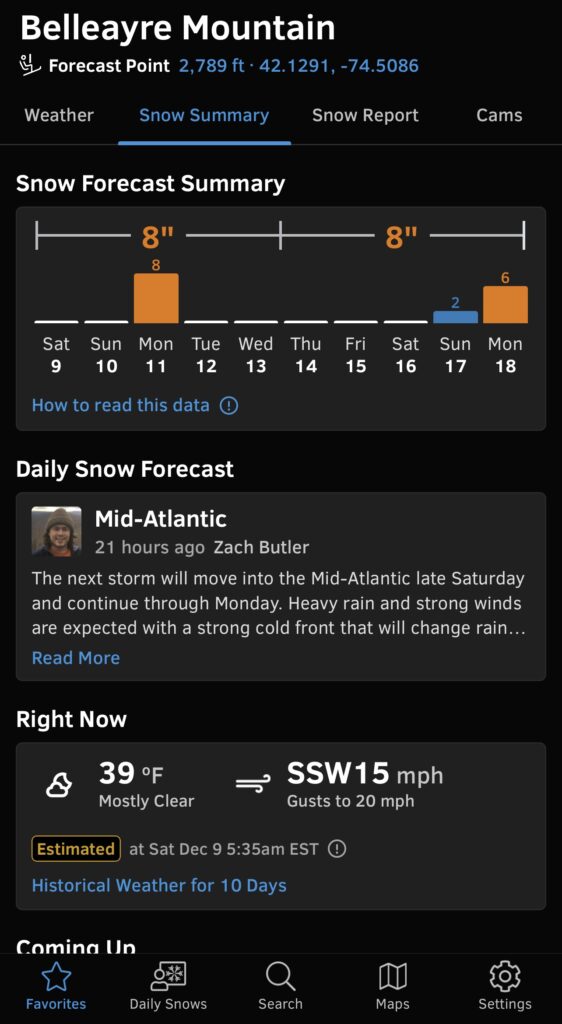
Yes, they got the goods: 7 inches as of the morning check! But, I didn’t sleep well enough and despite actually getting up at 5:15, went back to bed within 20′ and said F it. Maybe the next day. (Little to no fresh pow would be left, but packed powder all over and no stampede to get to it.)
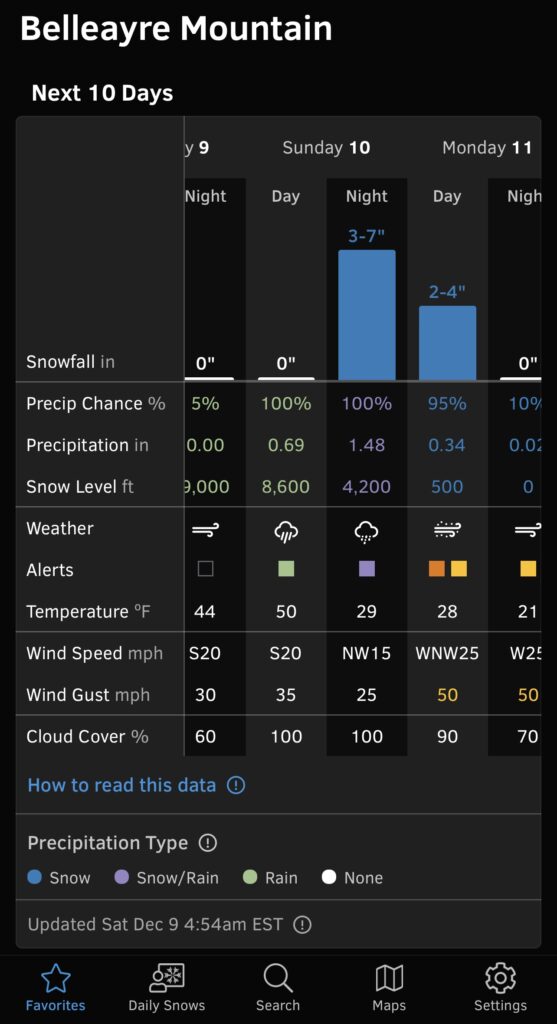
Plus, I was stressed about getting ready to fly down to Florida to visit my partner’s family. Yes; looking forward to it, despite not being much of an FL fan. But, I’d play tennis to help get in shape for snowboarding, maybe cast my fly rod from the beach for practice and, you know… never know what’s right there within casting distance in salt water, where anything can swim anywhere it wants to.
I love the fam, so there’s that. And, I enjoy flying for some reason. But, I have to knock stuff out and get caught up before I go for 5 days and then wind up behind again. So, no. Didn’t take the whole day today to shred groomers.
Usually, when I fly down to the Virgin Islands (BVI) to run Sailing Center trips, it dumps up here upon my departure. Then, when I return, it NUKES and sometimes delays my flight getting back. I miss it and figure I’ve got it coming to me another time. This time around, I missed some storm chasing opportunities in a variety of places not because I’d left, but because I wouldn’t have enough time before my flight south. So it goes…
For this trip, it’s looking very quiet snow wise for the time I’m away plus some more for good measure. Maybe that means what comes later will be bigger and badder. But, if not, what about local sailing?
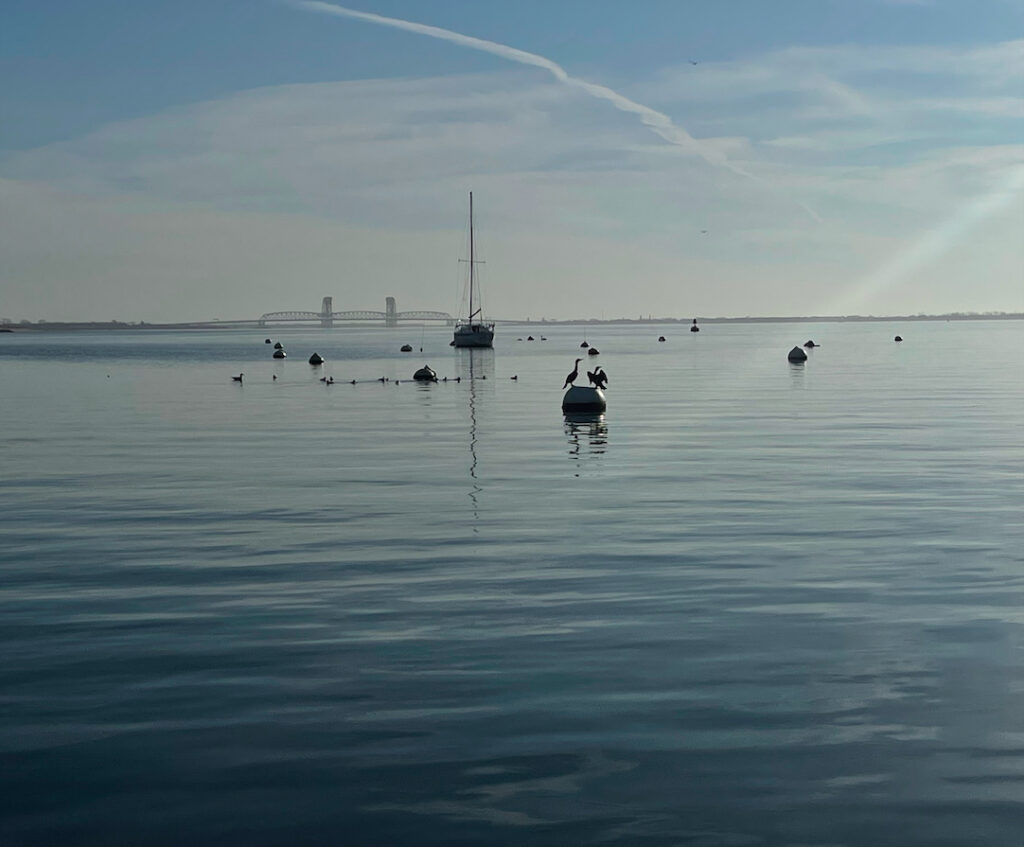
It’s been relatively mild here in NYC. On Saturday, I was dressed in a fleece top and sun hat while doing crankcase and lower unit oil changes on our Carolina Skiff and checking the Tartan Ten on its mooring. By around 2pm, it was just about T-shirt weather for about an hour. Miramar YC was having a whiskey tasting, and allegedly also a pipe pairing. I had to pass as I was driving back to MannyHanny.
Saturday was a great temperature for sailing… but not really enough wind. Dead on the Hudson and NY Harbor; light down in Sheepshead Bay and Rockaway Inlet. There’s almost always more wind there, even when it’s light all around. Four to five more knots and I would have postponed some of the chores and dragged some people out for a sail. But, there will be other opportunities. Always are. (Want in on that? Hit us up to be e-blasted when we see a weather window!)
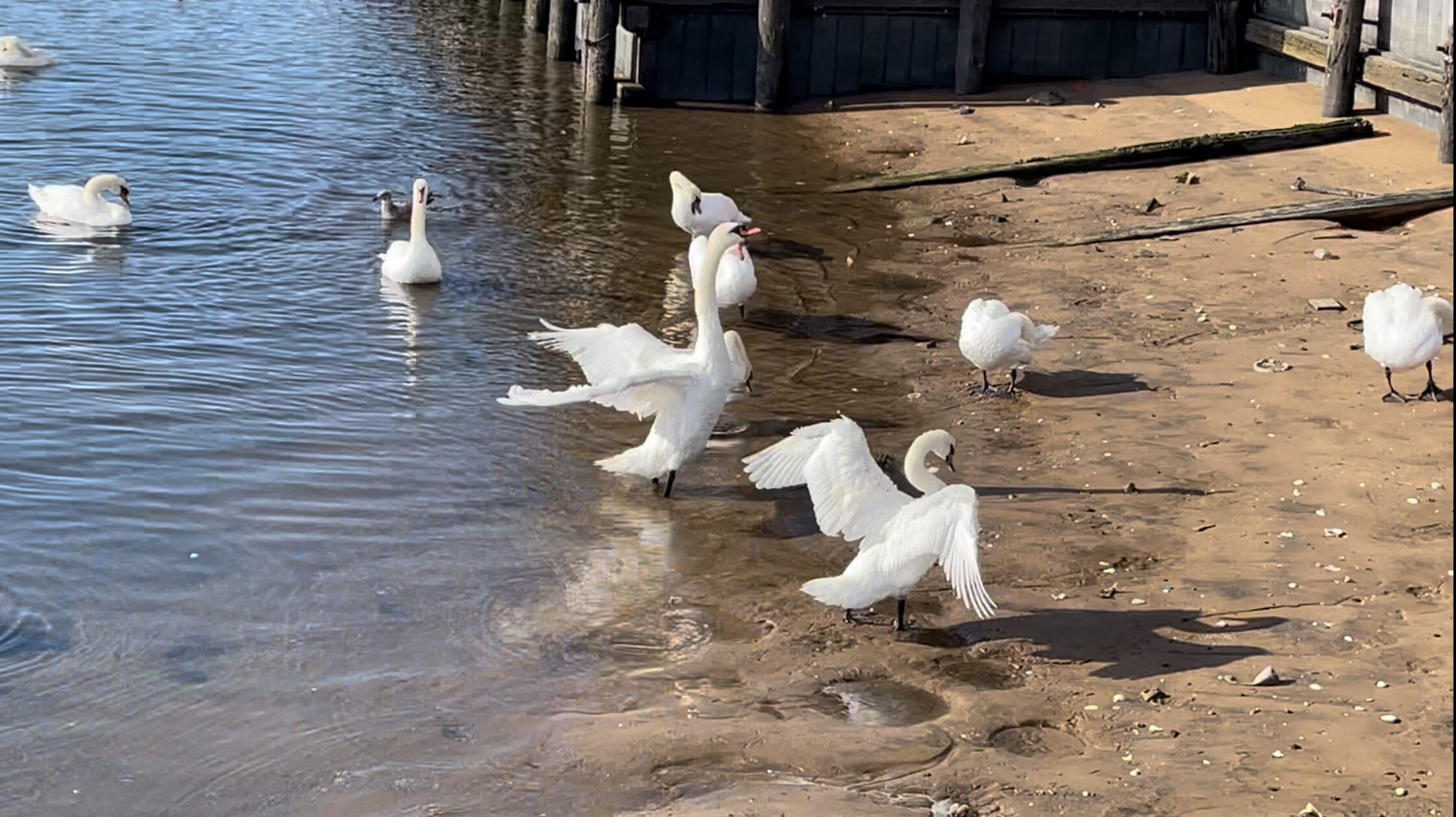
I’m a life member at Hunter Mountain in the Catskills, which is the most well-known of them. My folks bought a house on the Mountain when I was wee. Either it came with life memberships, or there was a promotion so good my Dad was glad to buy for the whole family .Mom? I asked her later in life if shed’ ever tried skiing. “I did it once. That was enough.” Damn…
Dad was really into it, and I went to ski-school and stuff until they sold the house. Then, we maybe did one more trip in Vermont before they pulled the plug and that was it for snowsports for me and I wasn’t quite 10. It wasn’t until after I’d taken up snowboarding 14 years ago that I discovered there were other hills to ski/ride on in the Catskills. I heard of Windham first. A client from the school turned me onto Belleayre during the pandemic. He’d bought season passes for his family as a way to get out and do stuff in fresh air without being too crowded, and they were cheap. The mountain was almost empty and they had semi-private skiing. And, they liked the hill.
I’ve been there twice now; wanted to go more, but I rarely go to the Catskills now as it’s usually better for me to drive the extra 2 hours and be in Vermont. But, I prefer Belleayre to Hunter and Windham. Hunter, especially, has a lot of potential compared to Belleayre. It’s larger, has longer runs, has more tough terrain, and has its truly beginner and expert areas separated from the main mountain. Plus, they expanded the resort into a new area and added an extra high-speed chair in that area for some of the most efficient lap-making one could conceive of.
Yes, but…
Hunter isn’t being run the way it used to be. It’s been sold several times, and now everything kicks up to Vail Resorts. They seem to have bought it for market share in the Epic/Ikon struggle over the skiing Universe. They don’t run as many chairs as often, don’t make as much snow, and don’t open up the new North area or existing West areas to as much capacity as needed. Plus, their new glade in the North area seems to never be open – which it needed badly, as there were essentially none before this. They don’t seem to care.
Belleayre?
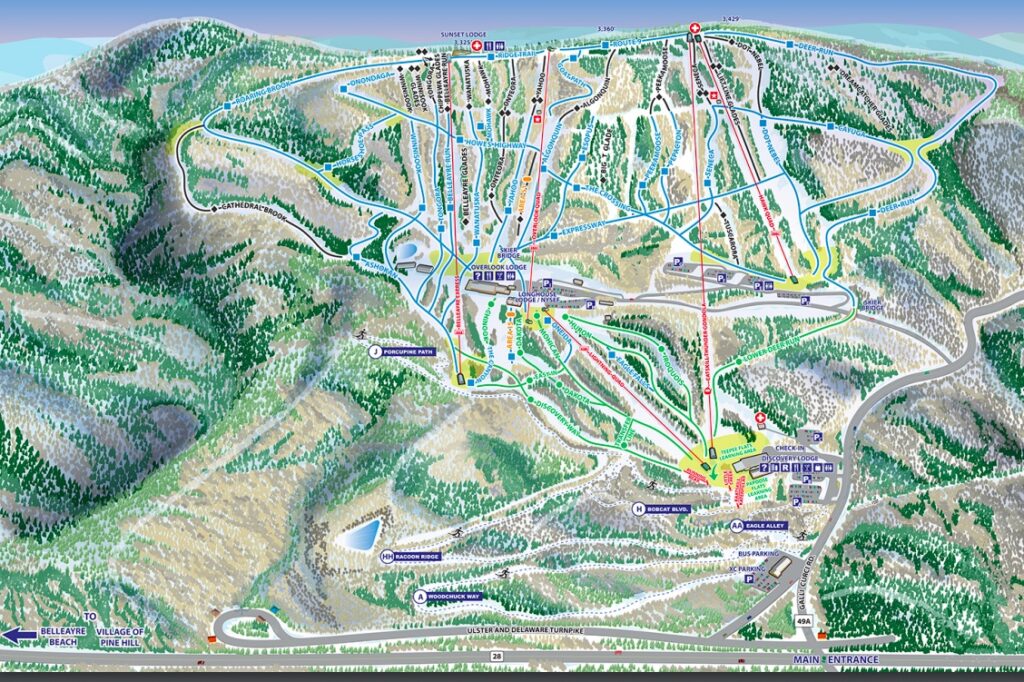
It’s state owned/operated like Gore and Whiteface, and there’s some connectivity in pass and ticket sales, including the state’s Ski3 discount card. My take, in no particular order:
- It’s cheaper. A full price walk-up-to-window ticket with no discounts is $104, and if you purchase as late as the evening before, it’s less. Buy a few days earlier, and it’s much less than that. Plus, they have a frequent skier discount card that’s worth considering if you’re not sure a season pas is worth it.
- It’s run well! They have their act together and act like they care. (Same for Gore and Whiteface, in my opinion, after one visit to each on my two shots up north to get my COVID shots during the pandemic up in Plattsburgh.)
- Belleayre seemed to get more trails open earlier than Hunter and Windham this season, and they blow a lot of snow. Plus, they get comparable real snow. (This time, they got significantly more.)
- They have GLADES! Real ones. If you like trees, you’ll love Dreamcatcher and some others. I went up twice; neither time had there been a dump before I went. Both times, Dreamcatcher was open. And, it had good snow and some of it deep! (It’s one of their double diamonds and it’s the largest of their glades.)
- Don’t like glades? No problem. They have plenty of groomers for all ability levels. If you’re a true expert, and especially if you’re an extreme terrain skier or rider, Belleayre might leave you feeling flat. But if you’re most things less than that, you should be able to enjoy Belleayre.
- They have a nice mid-mountain lodge with a great bar and nice views from it. Doesn’t hurt that they have decent coffee.
- They have a gondola! That means when it’s running, you can usually skip it to cut down on lift lines. Plus, they have one high-speed quad that runs in another area and lets you lap a large portion of the mountain quickly.
- There’s less hill work on the local roads driving to and from the hill. That’s important in crappy weather.
Caveat: No lodging right on site, however, unlike Hunter and Windham – so, if you’re going to hit it during a real dump or just after, and you have to drive a ways, it might not be the call.
And, back to sailing! What if you want to just sail here in the winter?
Check out “frostbiting.” It’s short course racing in the winter, and there are a number of ways to play. Most of it’s on dinghies: they can flip over and you’re likely to get wet at some point even if you don’t flip. If you’re up for the challenge of dinghy sailing in the winter, game on. Dry-suit time. Unless, of course, you’re racing Dyer Dhows at Mamaroneck Frostbite, where it’s hard to get spray on you and also harder to flip over. But, if you do, you’re getting very wet. So, a dry suit isn’t a bad idea here either.
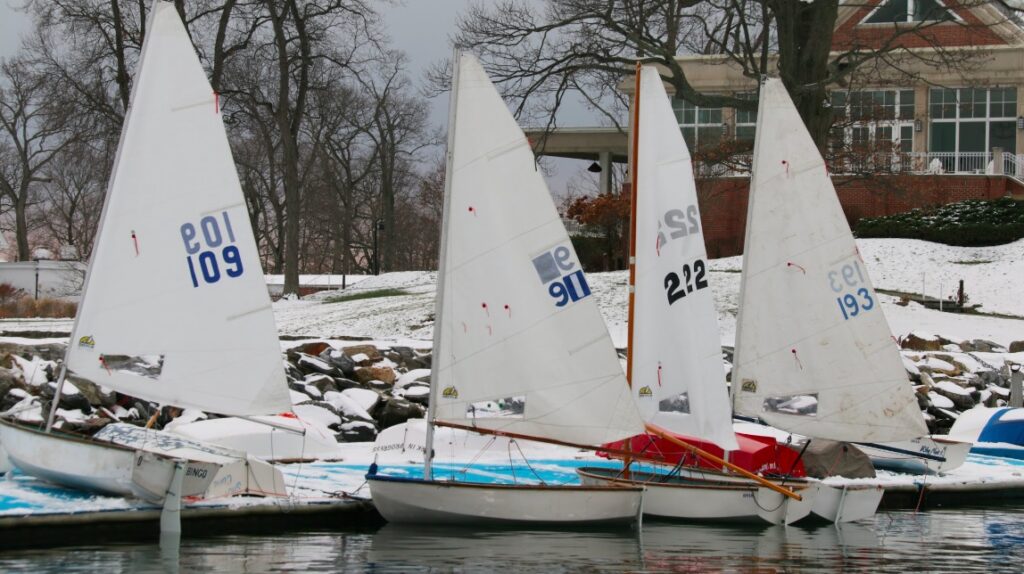
Dyers are NOT self rescuing. Back in the day, the chase boat would come rescue you and drop you off at the committee boat. That was a houseboat with a wood-burning pot-belly oven for heat. Wring out the wet clothes, warm up, and go back out. After bailing out your swamped Dyer, of course. Never again for me. I’d rather get the exhilaration of a fast dinghy, and have a good chance of a “dry capsize” where one jumps up on the rail and never actually gets wet. Most dinghies people race are self bailing, meaning water that gets in goes back out on its own. That includes the Sunfish, which is arguably an inefficient design, but it works – and it’s fun and fairly forgiving. That said, it’s harder to right one when it does flip, but at least it’s self bailing/rescuing. At that point, you might want to brace yourself thusly…
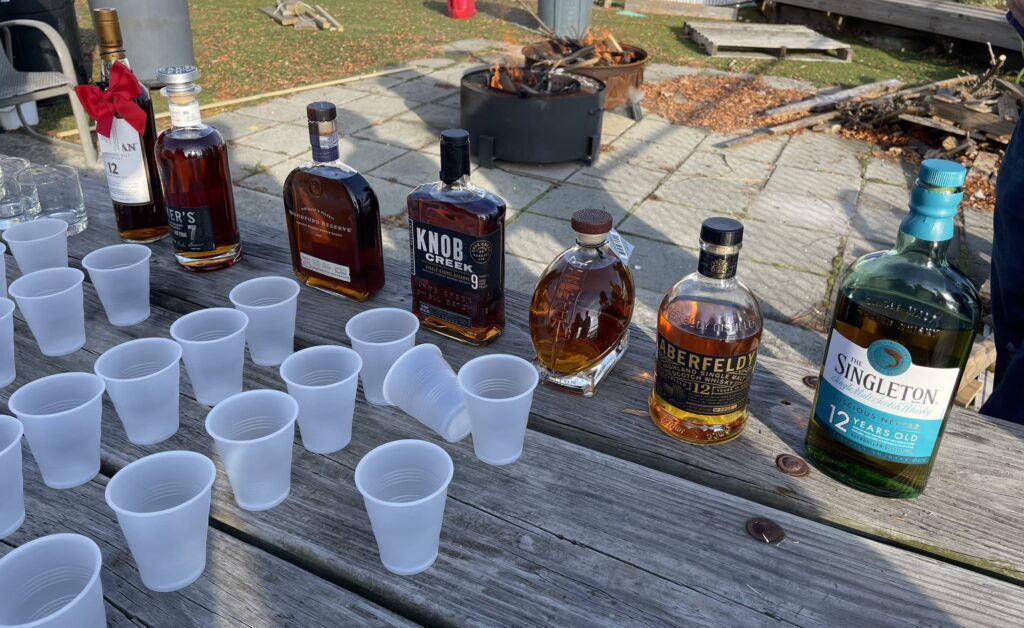
Why don’t we “frostbite” on the keelboats from the school? Well, we will! We’re going to go out from time to time this winter when weather allows. But, it has to not be actual frostbiting weather. That means seasonally mild temps and winds. So, it will be fewer and farther between than a typical frostbite racing program, and no racing. Just one, maybe two boats out with a few people having a good time. Fill a flask with the firewater of your choice; just don’t drive afterward.
How to get in on that? Hit us up to be included in an e-blast about it.
Want to do true frostbiting, with the racing and the cold & wind sometimes, and the potential for getting wet? Here are a few places to consider…
Mamaroneck Frostbite: a single-purpose seasonal organization that goes way back. I used to do this from 1979-mid 1980’s. They race Dyer Dhows as do some other clubs in the region. Not surprisingly, they’re in Mamaroneck, NY.
Cedar Point Yacht Club: a year round racing club in Westport CT that encourages newbies as well as seasoned vets. They have a frostbiting program. Details not on their site (at least nowhere I looked), so go to their site to contact them. They race Lasers and RS Aeros.
Centerpoint YC Frostbiting: CPYC is a year-round membership club with a frostbiting program in the ‘off’ season. They’re on Long Island’s North Shore. They race several classes of dinghies: Lasers, Penguins, and JY 15 sloops.
Weather and whether… that’s the continuing conundrum. Just go out and do something.

